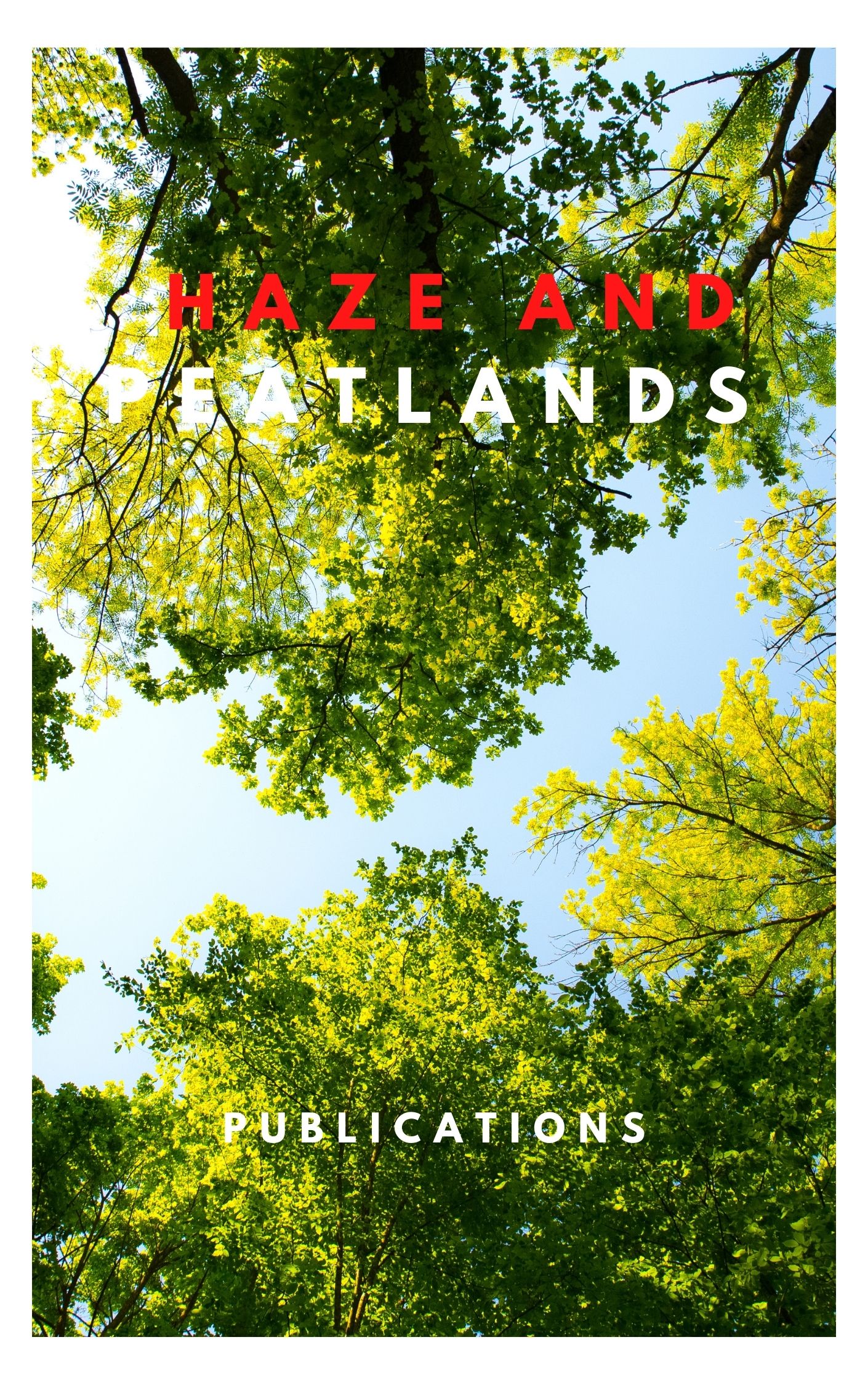The emission of fine particulate matter (PM2.5) in dry season from the open biomass burning has caused a long-term negative impact on residents' health in Northern Thailand. This study takes Chiang Mai and Chiang Rai provinces in Northern Thailand as the study areas to identify pollution episodes, analyze PM2.5 source trajectories, and finally propose pollution control strategies accordingly. PM2.5 levels during 2019-2021 of three representative air pollution monitoring stations (i.e., Chaing Mai-35T, Chiang Rai-57T, and Mae Sai-73T) in these two provinces were collected and analyzed. The Air Quality Index (AQI) defined by PM2.5 level higher than 91 mu g m-3 causing serious adverse health effects was adopted to define periods having pollution levels, and the days of the air pollution episodes were identified. Based on these episodes, we applied the backward trajectory model to identify the sources of pollutants. Results showed that PM2.5 levels were significantly higher between February to April compared with other months during 2019- 2021 at all three monitoring stations, indicating the severity of PM2.5 episode during the dry season. The backward trajectory demonstrated that air mass transported through the Northern Thailand or nearby mountain areas (categorized as long- or short-transport-distance) contributed up to 21.6% and 75.9% of the total air mass, respectively. Although residents in these mountainous areas are accustomed to the biomass burning, we suggested that there should be urgent needs for the improvement of the long-term air quality in these two provinces. Therefore, this study proposes some control strategies including improvement of prevention knowledge, increase of the risk perception, cultivation of the protection behavior, and intensification of the social influence. In addition to reducing biomass burning pollution, this improvement plan also has a co-benefit of achieving resources recycling concomitantly. Providing effective management strategies may reduce the adverse health effects to Thai residents.
View source

